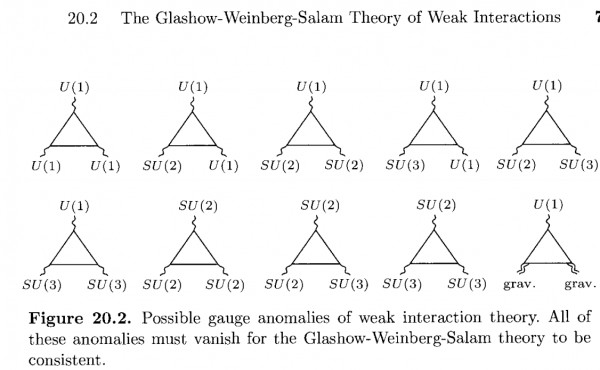For various reasons, experts, since [Dirac](http://rspa.royalsocietypublishing.org/content/133/821/60), believe that a [unified field theory must have a magnetic monopole](https://cds.cern.ch/record/246430?ln=en). For example, [Polyakov](https://cds.cern.ch/record/246430?ln=en) said: "I am quite certain that magnetic monopoles really exist. How, when and if they will be found is another matter."
Strangely, thinking that **so many elementary particles in the Standard Model, we don't have any particle carry any U(1) magnetic monopole charge** --- which should exist for a compact Abelian U(1) gauge theory. For examples, quarks and leptons, they can carry various charges of the electric U(1)em and the weak charge SU(2)weak; and the quarks also carry the strong charge, the SU(3)strong colors. Again, we still don't have any elementary particles carrying the U(1) magnetic monopole charge.
>For a theoretical purpose, **is it possible to have an elementary particle like quarks and leptons in the Standard Model attached a U(1) magnetic monopole?**
>If yes, how could we **make the Standard Model becomes consistent under the U(1) magnetic monopole attached** to some known quarks or leptons?
>If no, is that the no-go reason due to (1) the fact of the [gauge-gravity anomaly-cancelation](https://en.wikipedia.org/wiki/Anomaly_(physics)#Gauge_anomalies) in Standard model, such as a simple version of the [Green–Schwarz mechanism
for the Standard model](https://en.wikipedia.org/wiki/Green%E2%80%93Schwarz_mechanism)? Or, is the no-go that due to the fact that the **U(1) magnetic monopole is actually a topological charge, so it cannot be locally gauge-invariant, and it can not be created by a local operator**? Or something else?
The known anomaly cancellation for the Standard model is described, for example, in Peskin and Schroeder Chap 20.2:

 Q&A (4908)
Q&A (4908) Reviews (205)
Reviews (205) Meta (440)
Meta (440) Q&A (4908)
Q&A (4908) Reviews (205)
Reviews (205) Meta (440)
Meta (440)